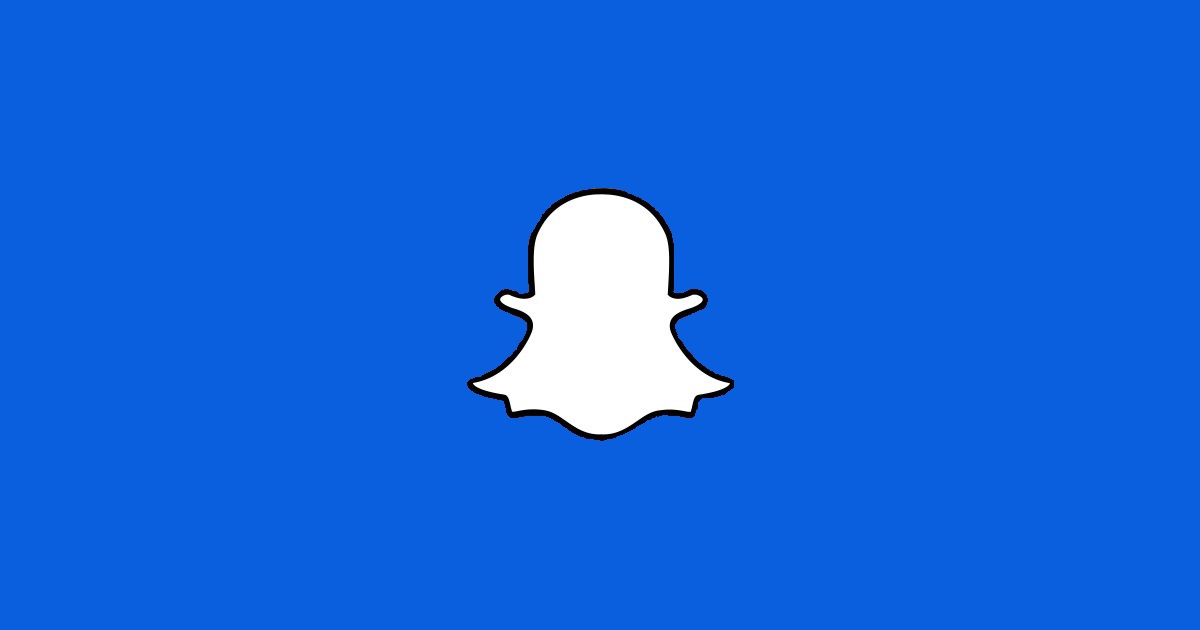When you directly copy someone, that’s not innovation. No, it’s not overly innovative of them to rip-off another platform’s ideas. By Q4 2013, Facebook had amassed 1.2 billion monthly active users, meaning the platform was already reaching a level of ubiquity. And then there was Snapchat. And worth noting, Facebook was initially looking to launch an Instagram clone to compete with the rising app, but decided instead to buy them out. The Social Network followed the same game plan with Snapchat as they had with Instagram – seeing the rising popularity of the app, especially within the audience segment where Facebook was seeing declines, Facebook CEO Mark Zuckerberg met with Snapchat’s founders in late 2012. Reportedly, Zuckerberg told them they had no chance, that Facebook was working on a tool that would duplicate their app and reach more users. Would you accept another company coming into your market and just taking away your business? Snap Inc recently reported that around 25% of Snapchat's 158 million users post to their ‘Story’ every day. 150 million people engaging more with Instagram, spending more time in the app.

It’s always a little surprising to see the response to Facebook’s various Snapchat clones.
The Social Network released two more Snapchat duplicates last week, with Instagram’s new Geostickers and the global expansion of ‘Messenger Day’. And the reactions, on social as well as within tech media, have been as you’d expect.
“This is getting ridiculous”
“Facebook has now officially gone too far”
Even Miranda Kerr, the supermodel fiancé of Snap Inc. CEO Evan Spiegel, hasn’t been able to resist taking a shot at Facebook for their mimicry:
“Can they not be innovative? Do they have to steal all of my partner’s ideas? I’m so appalled by that . . . When you directly copy someone, that’s not innovation. It’s a disgrace. How do they sleep at night?”
And those takes all make sense. Yes, Facebook is copying Snapchat. No, it’s not overly innovative of them to rip-off another platform’s ideas. But the logic behind Facebook’s process makes perfect sense, and reflects a clear focus – not driven by Mark Zuckerberg’s deep-seeded desire to challenge Spiegel, but by Facebook’s ongoing need to solidify its market position.
Cool Factor
Facebook’s Snapchat fixation started back in in 2013, when Facebook, according to some, lost its ‘cool factor’, and thus, the attention of younger users.
Facebook detailed as much in their annual report (filed in February 2014), noting that:
“We believe that some of our users, particularly our younger users, are aware of and are actively engaging with other products and services similar to, or as a substitute for, Facebook. For example, in the third quarter of 2013, the best data available to us suggested that while usage by U.S. teens overall was stable, DAUs among younger teens in the United States had declined.”
Why were younger users turning away from Facebook?
By Q4 2013, Facebook had amassed 1.2 billion monthly active users, meaning the platform was already reaching a level of ubiquity. Everyone was on Facebook, including your parents and grandparents, aunts and uncles. This, inevitably, made Facebook less cool – you couldn’t post your random images and reports about your weekend without being questioned, while at the same time you were also seeing updates from your relatives in amongst those from your friends.
In addition to this, Facebook’s News Feed was also becoming more crowded – not only were you getting more updates from more connections, but now there were also ads and marketing messages from brand Pages. To counter this influx, Facebook introduced their controversial News Feed algorithm, which meant that Facebook was also exerting a level of control over the content you saw.
All of these factors combined lead to younger users seeking alternatives – many turned to Instagram (which Facebook also owned by this stage), while messaging apps were also seeing a steep rise in usage, underlining the desire for more privacy.

And then there was Snapchat.
Coming in just at the right time, right as this resistance to open social networking was growing, Snapchat appeared on the scene. Launched in 2011, Snapchat gained some 49 million users between late 2012 and mid-2014 – and the growth trajectory of the app mirrors the rise in messaging overall.
.png)
In Snapchat, the youth had a new platform…

COMMENTS